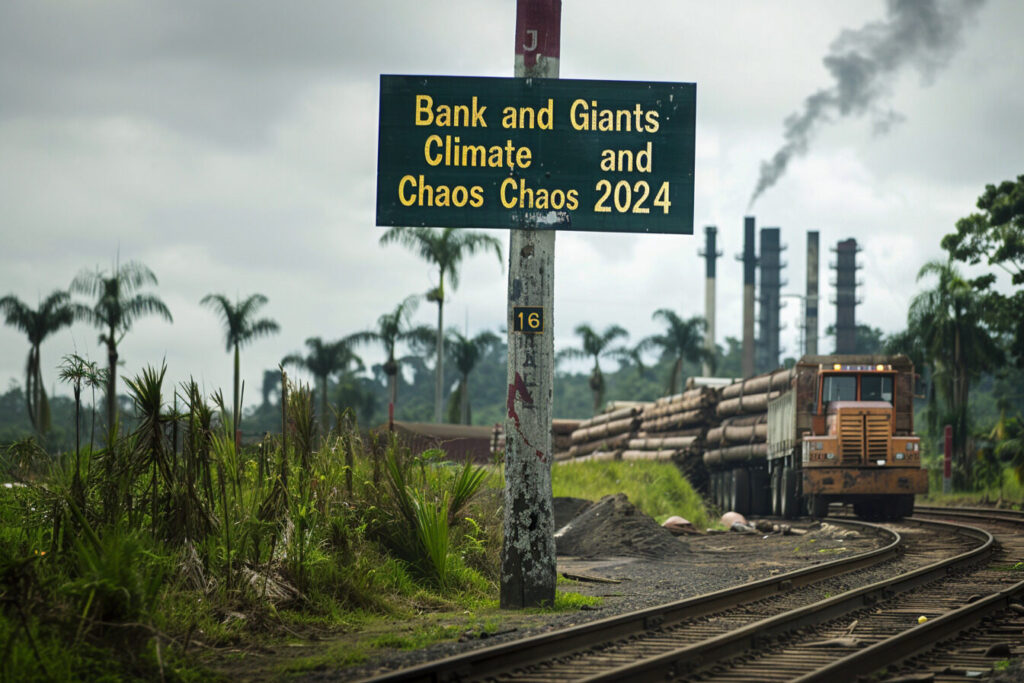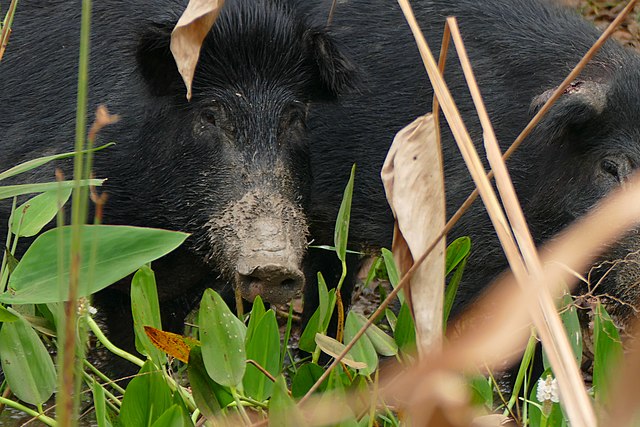In Iceland, a remarkable complex has just been inaugurated, tasked with collecting CO2 from the air to store it permanently underground. It is simply the largest direct air capture installation in the world. The Swiss start-up Climeworks, specializing in capturing and filtering carbon dioxide from the air, has just inaugurated its “Mammoth” complex in Iceland, capable of capturing up to 36,000 tons of CO2 per year. This installation is about ten times larger than the first one experimented with by Climeworks.
The establishment of this plant took two years of work. It is built in a modular manner and will be completed later this year. For now, only 12 of the 72 planned collector containers are currently installed on the site. Climeworks uses only renewable energy to power its direct air capture process, which requires low-temperature heat, such as boiling water. This is why the plant was installed near a vast geothermal power plant managed by ON Power, with which Climeworks collaborates.
Once the carbon dioxide is filtered and stored, it is transported underground through a partnership with the company Carbfix. It then reacts with volcanic rock and, through a natural process, transforms into stone. In this way, the CO2 captured from the air is permanently stored.
Climeworks aims to develop other centers of this type, particularly in the United States, to achieve a carbon dioxide removal capacity of one megaton by 2030 and one gigaton by 2050. Mammoth has the capacity to extract 36,000 tons of carbon, equivalent to what 7,800 cars produce in a year.
Unlike some of the elaborate space solar or geoengineering technologies, CO2 capture is a relatively reliable technology on a technical level. It is more or less proven that removing carbon dioxide from the atmosphere has few direct negative effects on the environment, and even theoretically has the potential to combat global warming. However, carbon capture is indeed a subject of debate. Firstly, because of its potential indirect effects, as some fear it might be used as an excuse to continue polluting. Secondly, because the quantities of CO2 captured are, in some cases, so far, extremely minimal.
Climeworks, a Swiss company with a base in Texas, has the support of major names in the tech world, including Microsoft and Shopify. It must be noted that this technology, due its rather past work nature, enjoys broad popularity in the United States. This does not prevent carbon capture (DAC, or Direct Air Capture) from still having to overcome some challenges to fully contribute in decarbonizing our economy and fighting global warming.
Similar Posts
Besides the issue of the quantities captured, the two main problems are still the high cost, especially if we want to deploy the technology on a larger scale and thus capture sufficient amounts of CO2 and the origin of the energy needed to operate the DAC. For now, carbon capture has the flaw of having to use fossil fuels to function: a contradiction that unfortunately reduces the positive effect of this technology. Therefore, DAC itself will also need to transition to renewable energy to effectively serve its own goals.
In the long term, Climeworks’ ambitions should lead the “unicorn” to build several similar centers on the North American continent. More specifically, two even larger projects are being prepared in Louisiana and California, with the goal of capturing one million tons of CO2 per year per center, a metric already significantly less negligible (though still too low). The company may, however, face what is known as the NIMBY (Not In My Backyard) movement, i.e., residents not wanting to see the landscape around their homes disfigured by large-scale projects. A problem well known to wind industry builders.
CO2 capture is attracting more and more attention from world leaders but remains a controversial technology. Several critics consider it to be an expensive, energy-intensive technique whose large-scale effectiveness has not been proven. Nevertheless, even larger projects than Mammoth are currently under construction. This is the case with Stratos, a future CO2 capture plant in Texas that could remove 500,000 tons of carbon from the atmosphere per year. Some of these projects are funded by oil companies, which many environmentalists accuse of investing in this technology only to continue extracting fossil fuels.

















